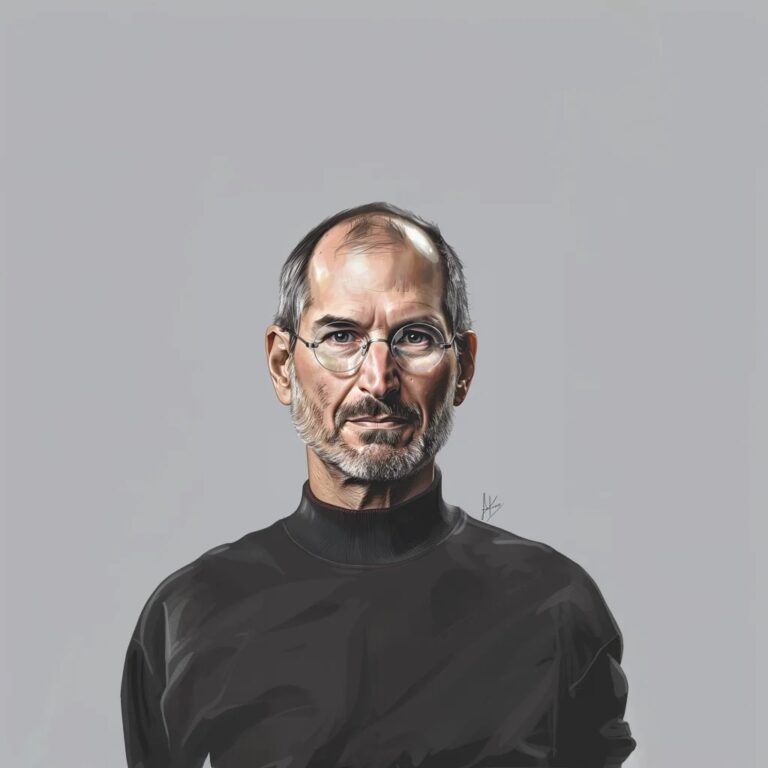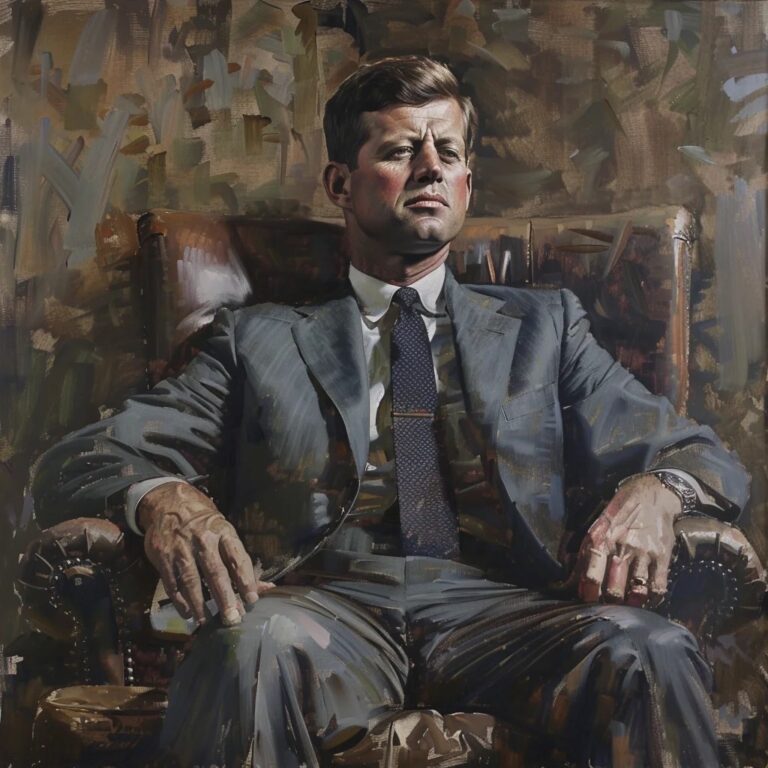Steve Jobs was born on February 24, 1955, in San Francisco, California.
He co-founded Apple Inc. with Steve Wozniak and Ronald Wayne in 1976.
Jobs was adopted shortly after birth by Paul and Clara Jobs.
He dropped out of Reed College after only six months but continued to audit classes, including a calligraphy course that influenced Apple's typography.
Jobs was ousted from Apple in 1985 but returned in 1997 to lead the company to unprecedented success.
He co-founded Pixar Animation Studios, which produced the first fully computer-animated feature film, 'Toy Story.'
Jobs was known for his distinctive style, often wearing a black turtleneck, jeans, and New Balance sneakers.
He introduced the iPod in 2001, the iPhone in 2007, and the iPad in 2010, revolutionizing the technology industry.
Jobs was a perfectionist and had a hands-on approach to product development.
He was a Buddhist and traveled to India in search of spiritual enlightenment in the 1970s.
Jobs received more than 300 patents for his inventions and innovations.
He was posthumously awarded the Presidential Medal of Freedom in 2022.
Jobs' biological sister is the novelist Mona Simpson.
He named the company Apple because he was on a fruitarian diet and thought the name sounded fun, spirited, and not intimidating.
Steve Jobs passed away on October 5, 2011, from pancreatic cancer, leaving behind a legacy of innovation and creativity.


